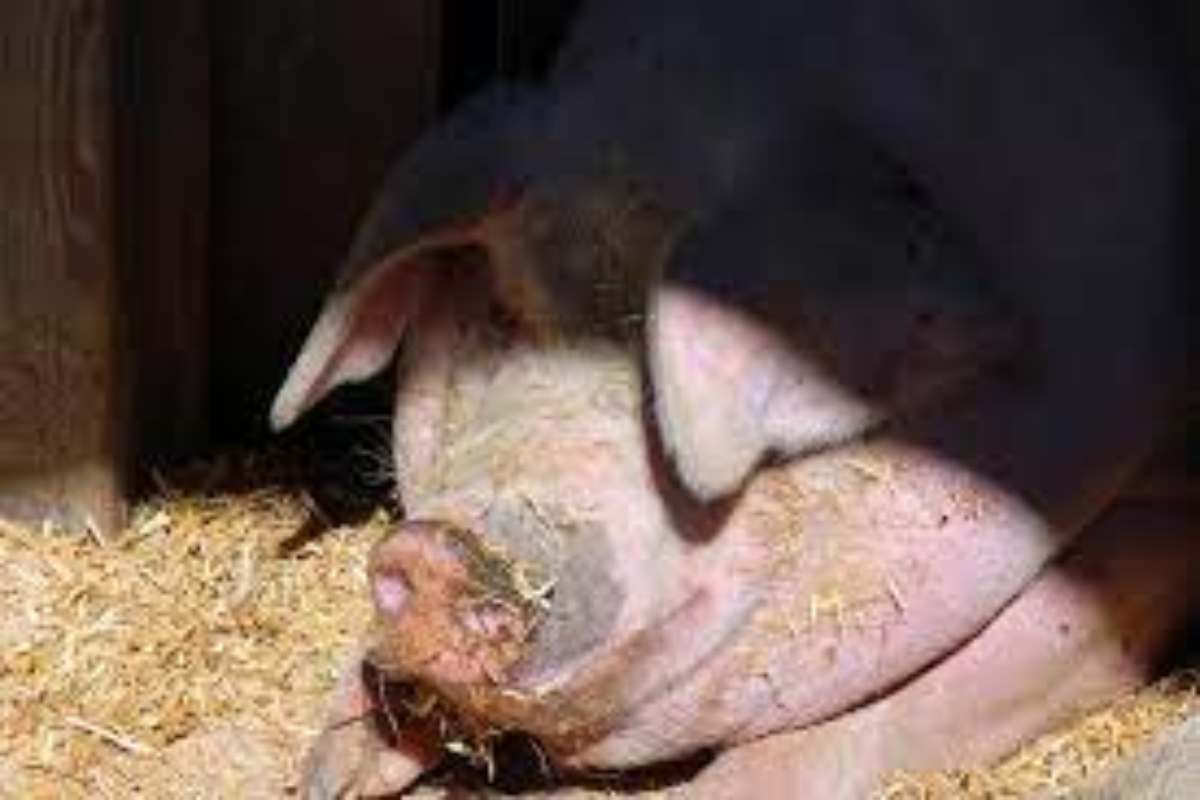Scientists at Yale University restored the blood circulation and other cellular functions in pigs a full hour after their deaths.

Researchers have developed a technology that can restore cellular activity even after death. (Creative Commons)
Doctors are heartened by the news that the heart and liver cells of a dead pig have been restored to life.
The procedure, whose details were published in the journal Nature, saw scientists apparently restore blood circulation and other cellular functions in a pig a full hour after its death.
Shortly after the death of an organism, cells start to die and organs begin to fail. But a team of researchers has developed a technology that can restore cellular activity even after death.
“This can help treat organs or tissue damaged during heart attacks or strokes. It could extend the life of organs in human patients and expand the availability of donor organs for transplant,” said Dr David Andrijevic, author of the study.
Speaking to South First, a doctor said that while it’s a huge medical breakthrough, there’s a long way to go before it can be tried on humans.
“The experiment is on the pigs, but in the end, how it helps humans is what the researchers are also looking at. We lose precious hours after a heart attack, let’s see how this technology will evolve to humans and help us out. It’s a long journey,” said Dr Prashanth Rao, a Hyderabad cardiologist.
For the experiment, the scientists induced a cardiac arrest in the pig. The technology, called OrganEx, was employed to initiate cell repair in the damaged organs.
OrganEX consists of a perfusion device similar to a heart-lung machine — which does the work of the heart and lungs during surgery — and an experimental fluid containing compounds that can promote cellular health and suppress inflammation throughout the pig’s body.
Six hours after treatment with OrganEx, the scientists found that certain key cellular functions were active in many areas of the pig’s body, including in the heart, liver, and kidneys, and that some organ function had been restored. They found evidence of electrical activity in the heart, which retained the ability to contract.
They were also able to restore blood circulation throughout the body.
“Normally when the heart stops beating, organs begin to swell, collapsing blood vessels and blocking circulation. Yet circulation was restored and organs in the deceased pigs that received OrganEx treatment appeared functional at the level of cells and tissue,” Dr Andrijevic said.
The author added that the technology could eventually have several potential applications such as helping in the treatment of organs or tissue damaged by ischemia — a condition that causes the death of tissues and cells in an organ due to reduced blood and oxygen supply during heart attacks or strokes.
Several doctors contacted by South First said that if the technology becomes functional for humans, it can save hundreds of lives.
“After the death of a human, it might help in the preservation of organs for crucial hours. This will allow many organs to be alive for transplantation and can help hundreds of people who are in need of transplantations,” said Dr Rao.

Jul 26, 2024

Jul 26, 2024

Jul 26, 2024

Jul 26, 2024

Jul 26, 2024

Jul 26, 2024